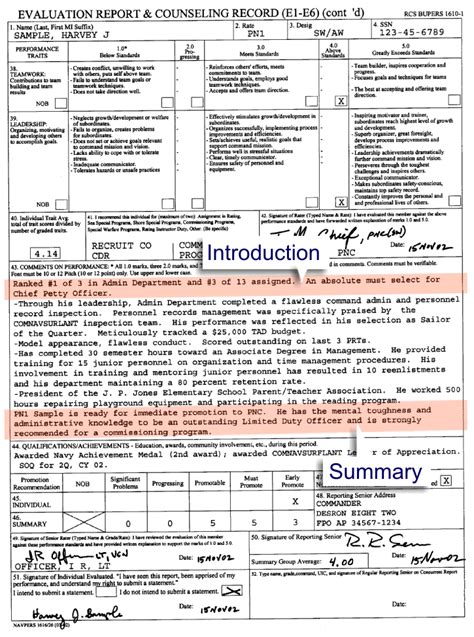5 Cold War Tactics
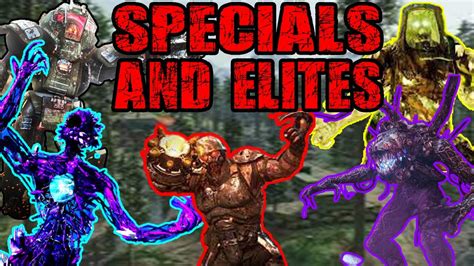
Introduction to Cold War Tactics
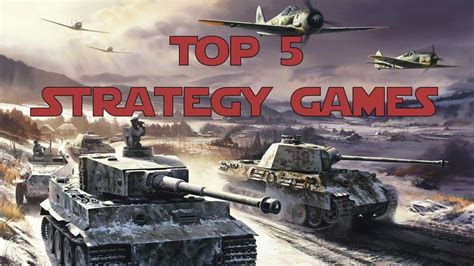
The Cold War was a state of geopolitical tension between the United States and the Soviet Union, along with their respective allies, that lasted from the end of World War II in 1945 until the dissolution of the Soviet Union in 1991. This period was marked by proxy wars, espionage, propaganda, and other forms of competition that did not involve direct military action between the two superpowers. Several tactics were employed during this era, each designed to gain an advantage without triggering a full-scale war. Here, we will explore five significant Cold War tactics and their implications.
1. Proxy Wars
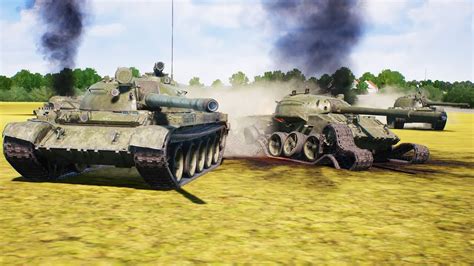
Proxy wars were a common tactic used during the Cold War, where the United States and the Soviet Union supported opposing sides in conflicts around the world. These wars allowed the superpowers to exert influence and advance their interests in different regions without directly engaging each other. Examples of proxy wars include the Korean War (1950-1953) and the Vietnam War (1959-1975), where the United States supported South Korea and South Vietnam, respectively, while the Soviet Union and China backed North Korea and North Vietnam. These conflicts enabled the superpowers to test each other’s resolve and military capabilities without escalating to a nuclear war.
2. Espionage and Intelligence Gathering
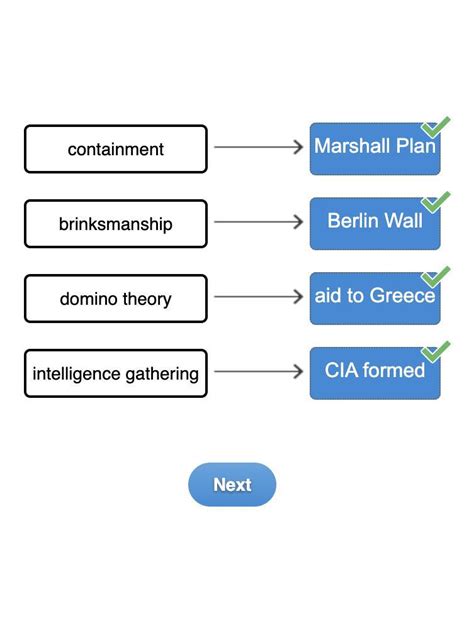
Espionage played a crucial role in the Cold War, as both sides sought to gather sensitive information about each other’s military capabilities, political intentions, and technological advancements. Spy agencies like the CIA (Central Intelligence Agency) in the United States and the KGB (Komitet Gosudarstvennoy Bezopasnosti) in the Soviet Union were instrumental in this effort. Famous cases include the Cambridge Five in the UK, who spied for the Soviet Union, and the U-2 spy plane incident in 1960, where a US plane was shot down over Soviet territory. Espionage helped each side to anticipate the other’s moves and make informed strategic decisions.
3. Propaganda and Psychological Warfare
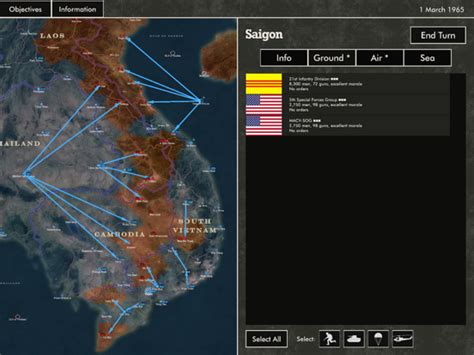
Propaganda and psychological warfare were key components of Cold War tactics, used to influence public opinion, undermine the enemy’s morale, and promote one’s own ideology. Both the United States and the Soviet Union engaged in extensive propaganda campaigns through various media, including radio, television, and print. The Soviet Union, for example, used Radio Moscow to broadcast its message to a global audience, while the United States employed Voice of America for similar purposes. These efforts aimed to sway the hearts and minds of people around the world, particularly in the newly independent nations of Africa and Asia, to align with one side or the other.
4. Economic Warfare and Aid
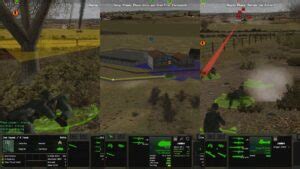
Economic warfare and foreign aid were also significant tactics during the Cold War. The United States and the Soviet Union competed to provide economic assistance to other countries, aiming to win their allegiance and expand their spheres of influence. The Marshall Plan, launched by the United States in 1948, is a notable example, where billions of dollars were invested in rebuilding Western Europe to counter Soviet influence. The Soviet Union responded with its own economic aid programs, particularly in Eastern Europe and Cuba. This economic competition was a softer form of warfare, designed to achieve strategic objectives without military intervention.
5. Nuclear Deterrence and Arms Race
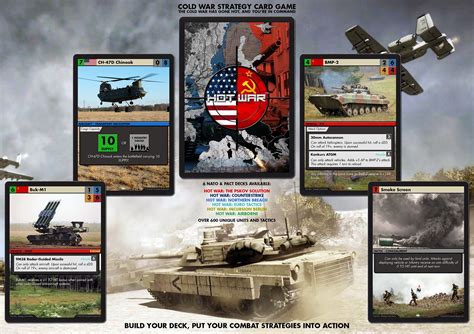
The nuclear arms race and the doctrine of mutual assured destruction (MAD) were central to the Cold War. Both the United States and the Soviet Union developed vast nuclear arsenals, ensuring that any direct conflict between them would result in catastrophic consequences for both sides. This situation of mutual deterrence was stabilized by the concept of MAD, which posited that neither side could win a nuclear war without suffering unacceptable damage. The arms race, including the development of intercontinental ballistic missiles (ICBMs) and submarine-launched ballistic missiles (SLBMs), was a race to maintain parity and ensure that neither side could launch a successful first strike. This delicate balance of power was a critical factor in preventing the Cold War from escalating into a hot war.
🚨 Note: The Cold War era was marked by a complex interplay of political, economic, and military strategies, with each side constantly seeking to outmaneuver the other without triggering a direct conflict.
In summary, the Cold War was characterized by a range of tactics designed to gain strategic advantages without resorting to direct military action. These tactics, from proxy wars and espionage to propaganda, economic warfare, and nuclear deterrence, defined the era and influenced international relations for decades. Understanding these tactics provides valuable insights into the geopolitical dynamics of the time and the enduring legacy of the Cold War in contemporary international relations.
What were the main characteristics of the Cold War?
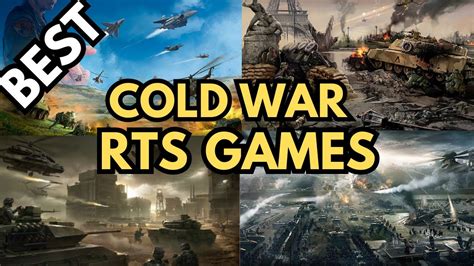
+
The Cold War was marked by geopolitical tension between the United States and the Soviet Union, characterized by proxy wars, espionage, propaganda, economic competition, and a nuclear arms race, all conducted without direct military conflict between the two superpowers.
What role did proxy wars play in the Cold War?
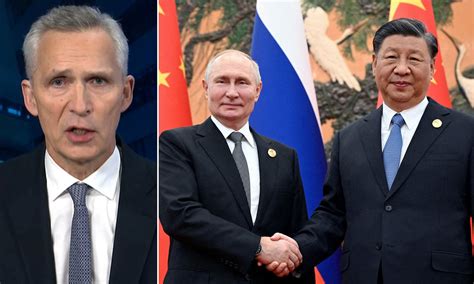
+
Proxy wars allowed the United States and the Soviet Union to support opposing sides in conflicts around the world, enabling them to exert influence, test each other’s military capabilities, and advance their interests without direct confrontation.
How did espionage contribute to the Cold War?
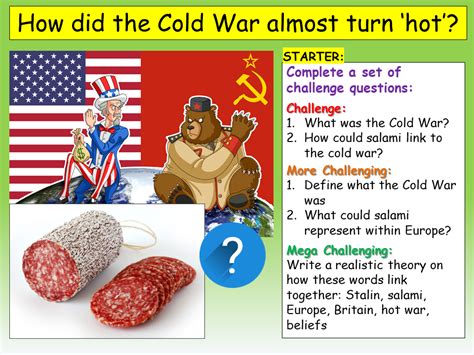
+
Esionage played a crucial role in the Cold War, as both sides used spies and intelligence agencies to gather information about each other’s military capabilities, political intentions, and technological advancements, helping to inform strategic decisions and maintain a balance of power.

